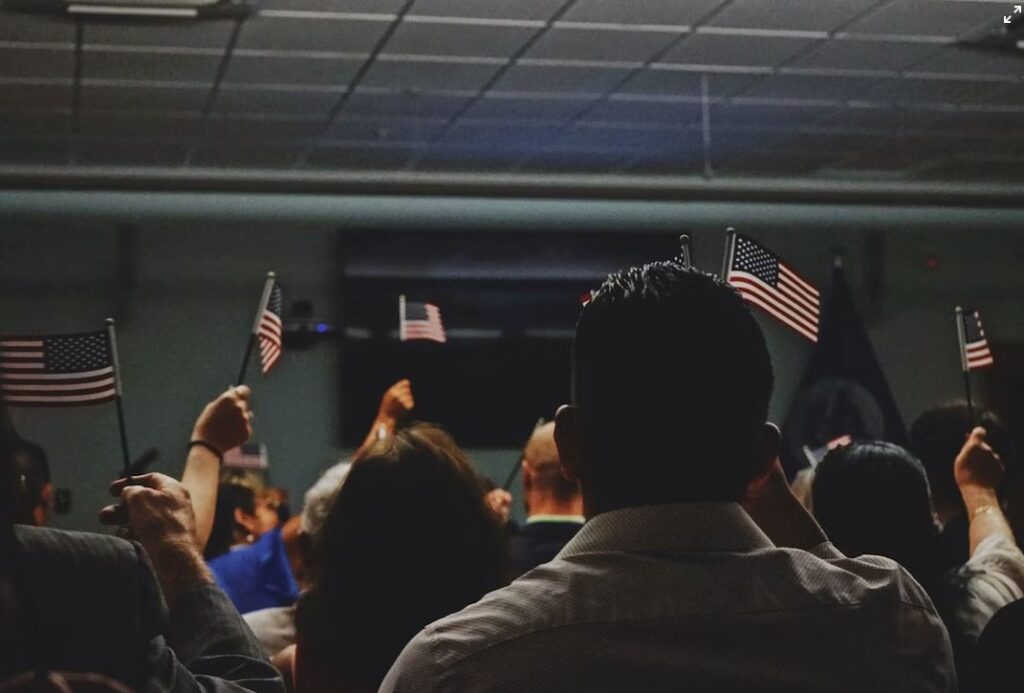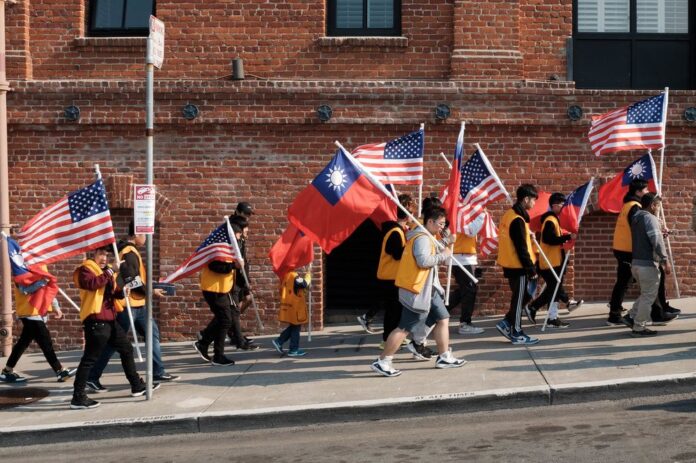By Lauren Shin
(Editor Note: Lauren Shin is a junior at River Hill High School in Clarksville, Maryland)
Chin, a first-generation Korean immigrant, moved to the United States with his wife and two children after graduating from the top-tier Sungkyunkwan University in Seoul, South Korea. With plans to become a doctor, Chin began to pursue his dream career at a community college in Tennessee.
A few years later, however, Chin had to give up on his dream to focus on building a better life for him and his family. He had been struggling to pay the tuition and other personal expenses.
Both he and his wife were facing challenges as they transitioned into predominantly English-speaking environments, and now their children were approaching the age to attend kindergarten.
In the end, Chin dropped out of school to start a small laundromat and earn what money he could to move his family to a better place in Maryland.
Chin’s story is the common pattern lots of Asian American immigrants go through.
A well-known book, Pachinko, by Min Jin Lee, tells the story of the generational differences in Korean Immigrants and what the first generation had to give up to give their children a better shot in life. While many are familiar with the Pachinko story, what they fail to realize is that this problem still persists in America today for first-generation Asian immigrants.
Like Chin moving his family to Maryland for his children’s education, immigrants tend to settle in U.S. regions and cities that offer the best chance for economic progress for their children. Not surprisingly, the Chins found that there were many other Koreans in the area, making it much easier than before to find jobs and other opportunities.
Struggling Asian immigrants often gravitate toward each other, sharing resources and allowing the free practice of their culture and language. As a result, immigrants find themselves disengaged from the American lifestyle as they stick to their native language and practices. At the same time, however, their children are able to grow up with these better resources while also being accustomed to the Western style of living.
Researchers have noted that some immigrant parents like Chin certainly have higher skills than they used in their jobs due to some sort of barrier, but those skills could be passed onto their children.
“What we have in mind here is the classic story of Russian engineers (for example) who end up working as taxi drivers when they arrive in the US,” says Leah Boustan of Princeton University. “Yet, they may have other abilities or skills that they can pass on to their children, allowing their kids (who are raised in the US and are native English speakers) to rise up the ladder.”
It’s no secret that Asian Americans are among the most successful people in America. They are perceived as the “model minority” that stereotypes all Asian Americans as smart, hard-working, and well-disciplined.
But this doesn’t hold true for everyone and the generalization that every Asian-American thrives in the U.S. has deteriorating effects on many Asian-American citizens, as they find themselves struggling to meet society’s high expectations. One group in particular, first-generation Asian immigrants, actually end
up living in poorer conditions than they were accustomed to in their homeland.
“The widespread assumption is that Asian Americans came to the United States very disadvantaged, and they wound up advantaged through extraordinary investments in their children’s education,” says Brown University economist Nathaniel Hilger. Many mistakenly believe this to mean that the immigrants
personally rise to the top through hard work and academic success.

So if Asians don’t come to the U.S. as the smartest group of immigrants, and they’re not very successful themselves, where is all the Asian American success coming from?
The answer lies in “investments in their children’s education”. Although first generation Asian immigrants do not reach parity with native-born Americans in terms of education, earnings, and wealth, “their children now achieve higher economic mobility than their U.S.-born peers”, according to economists from Princeton, Stanford, and University of California-Davis.
Once again debunking “common knowledge”, this proves that despite the rigorous education system in most countries, first-generation Asian Americans are simply not prepared for life in America. They become hindered by cultural differences, language barriers, and discrimination, and many end up settling for lower-wage jobs, wishing the American Dream for their children instead.
Ultimately, characterizing Asian Americans as a “model minority” flattens the diverse experiences of Asian Americans into a singular, narrow narrative and paints a misleading image of the community which fails to align with reality. That puts unintended stress and anxiety on Asian Americans of lower socioeconomic status who work in low-wage industries such as restaurants, salons, laundromats, or factories, while also burying the sacrifices they have had to make for their future generations.
AsAmNews is published by the non-profit, Asian American Media Inc.
We are supported through donations and such charitable organizations as the Robert Wood Johnson Foundation. All donations are tax deductible and can be made here.
Please follow us on Instagram, TikTok, Facebook, YouTube and X.

